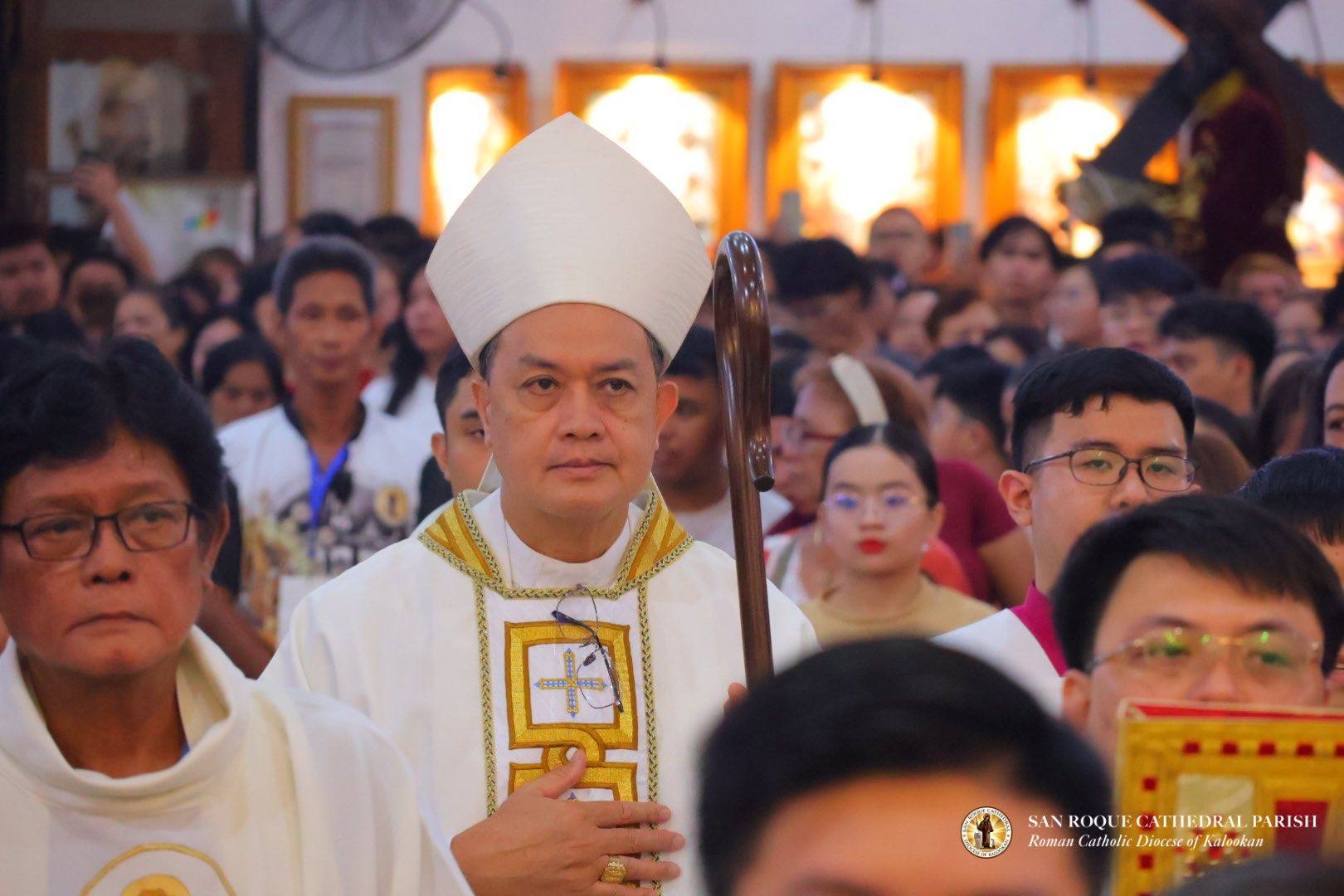NEW YORK – For the first time in about three years, amid both repairs from a 2020 arson attack and the COVID-19 pandemic, an iconic mission church in the Archdiocese of Los Angeles is set to reopen fully to the public later this week.
On July 1, the Mission San Gabriel Arcángel campus will completely reopen, with a restored, centuries old, altarpiece that was damaged in the arson, and a newly curated exhibit called “Mission San Gabriel Arcángel, 1771-1900: Natives, Missionaries, and the Birth of Catholicism in Los Angeles.”
The last event held there was a special Mass last fall to commemorate its 250th anniversary.
“We look forward to opening wide the doors of Mission San Gabriel once again. As the place where the Gospel of Jesus Christ was first proclaimed in this land, the Mission is the spiritual home of all Catholics in Los Angeles,” Father Parker Sandoval, Vice Chancellor for the Archdiocese of Los Angeles, said in a statement.
“As the place from which settlers came to establish the City of Los Angeles, the Mission is also a treasure for all Angelenos,” he continued. “The Mission church has never looked more beautiful in 252 years, and the museum has never been as comprehensive in presenting the perspectives of all peoples with a role in the unfolding story of the Mission.”
Mission San Gabriel was the fourth in a string of Catholic missions established across California by Junipero Serra during the era of Spanish colonization. Serra – an 18th-century Franciscan priest – was canonized by Pope Francis in 2015.
Though considered a founding father of Catholicism on the West Coast, and especially in California, Serra’s legacy has also drawn fire from critics who argue that he lent spiritual cover to the abuses of European colonialism. That criticism has been rejected by Serra’s defenders, who insist that the missionary actually did everything he could to protect the people under his care.
Its July 1 reopening date is Serra’s feast day.
The reopening brings to close a tumultuous three years. The arson on July 11, 2020, took place while the church mission was already undergoing renovations to mark its 250th anniversary. The blaze gutted most of the church, affecting the length of the roof and pews, as well as the altar and multiple historic paintings. Then, the COVID-19 pandemic exacerbated the restoration process.
Included in that process was the execution of the new exhibit for the mission’s museum. The new exhibit features a complete name list of 7,054 Native Americans who were baptized at the mission between 1771 and 1848, all of which were documented in detail by the Franciscans.
Associate curator Yve Chavez, a Gabrieleno/Tongva San Gabriel Band of Mission Indians member and assistant professor of art history at the University of Oklahoma, said that because the tribe isn’t federally recognized the mission is an important place to preserve their history.
“We are still part of a living community, with many of our members still active Mission San Gabriel parishioners,” Chavez said in a statement. “Through this exhibition we also want to give non-native audiences a look at how many people were here and hope they walk across the breezeway from the main museum to the building where community photos are on view to see we are still here, practicing and celebrating our culture.”
The mission museum’s galleries include 30 original artifacts, and a memorial in honor of the Native American community. Among the mission’s historical artifacts are a 1775 confessional booth, a 1770s silk beaded, rose-colored chasuble like worn by Serra on one of his visits to the mission, historic religious paintings, and a 19th century set of Stations of the Cross.
The new exhibit in particular was planned by Steven Hackel, a University of California, Riverside, history professor, in consultation with Chavez and others from the Archdiocese of Los Angeles, and the Gabrieleño community.
Hackel said the goal of the exhibit is to “to create a narrative of the mission’s history that honors and reflects diverse interpretations of the history of the mission and its many legacies.”
Follow John Lavenburg on Twitter: @johnlavenburg















